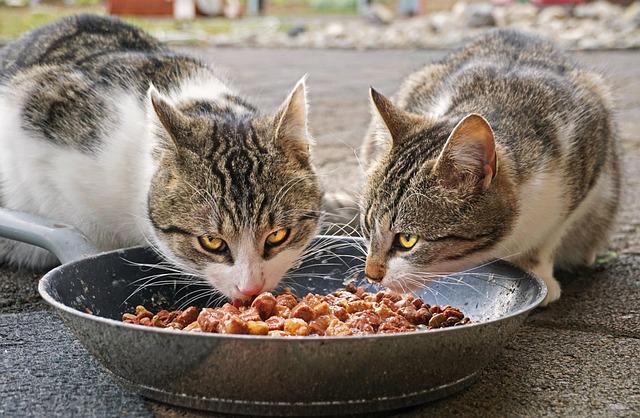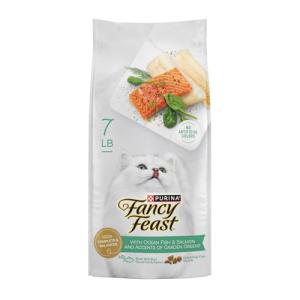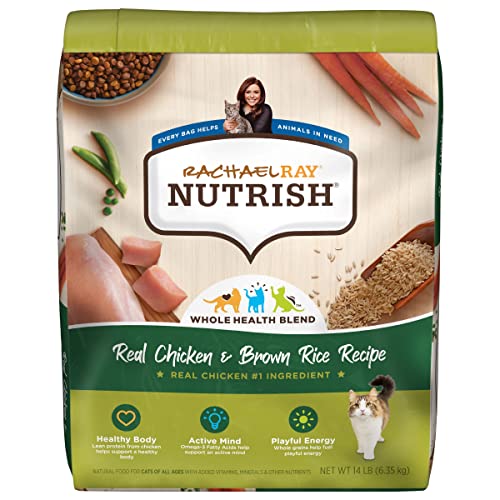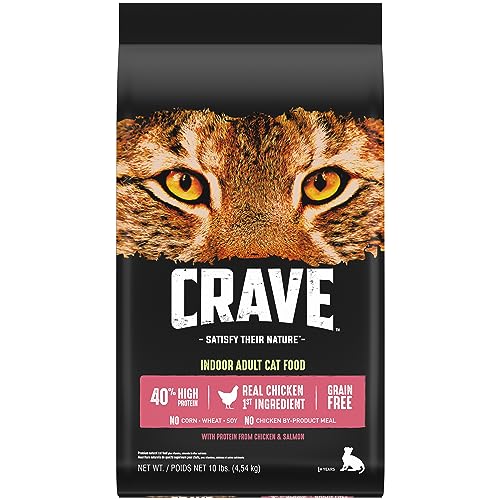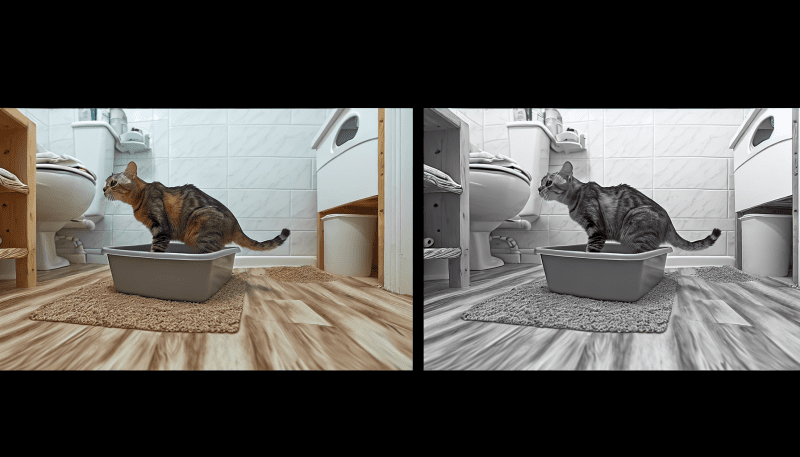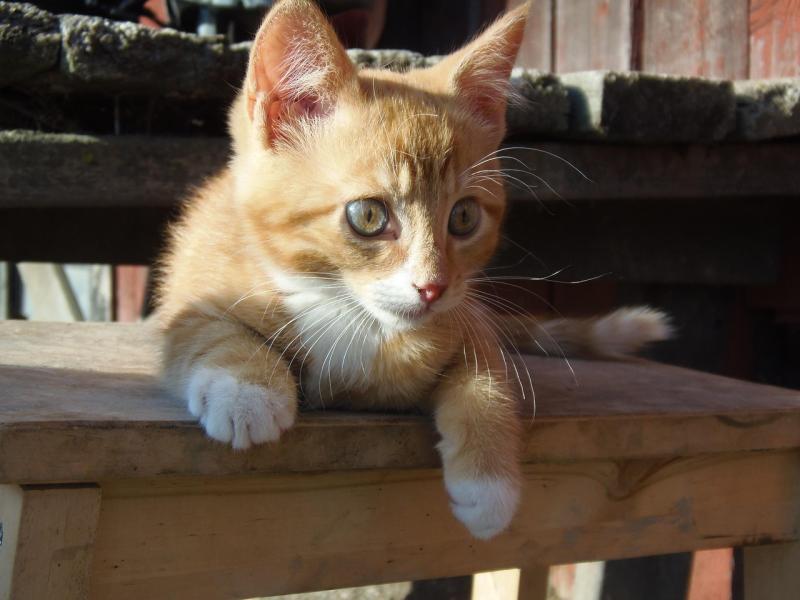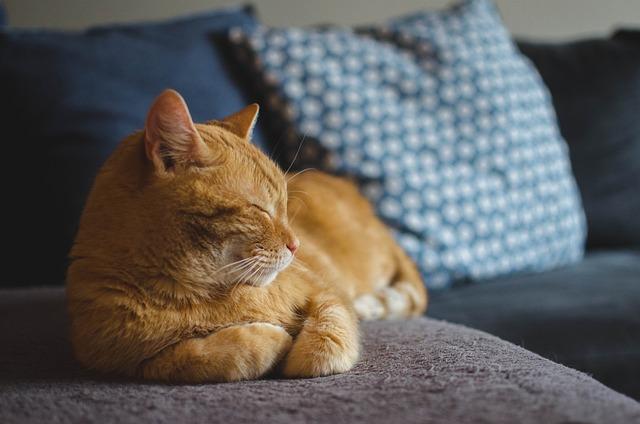When it comes to keeping your furry friend healthy, understanding the benefits of low protein cat food is key, especially for those dealing with kidney disease. Cats with kidney problems often struggle to process high amounts of protein, which can put additional strain on their kidneys. That’s where the best low protein cat food for kidney disease comes into play, helping to manage their diet safely without compromising essential nutrients.
Low protein cat food typically contains less protein compared to standard formulas, which can help reduce the workload on your cat's kidneys. It’s not just about cutting down on protein; these foods often come loaded with high-quality ingredients that still satisfy your pet's dietary requirements. Look for options rich in omega-3 fatty acids, vitamins, and minerals, as they can support overall health while being gentle on the kidneys.
Additionally, switching to these specialized diets can promote better hydration. Many low protein cat foods come in wet forms, which not only appeal to most cats' taste preferences but also provide the extra moisture they need. Keeping your kitty well-hydrated is vital for kidney health, making this a smart choice for cats suffering from kidney issues.
When choosing the best low protein cat food for kidney disease, it's important to read labels carefully. Focus on options that specify quality protein sources, like chicken or fish, which can make a difference in digestibility. Remember, every cat is unique, so it’s a good idea to consult your vet about the right food for your pet's individual needs.
Key Features to Look For
When you're searching for the best low protein cat food for kidney disease, there are a few key features that really make a difference. Keeping your kitty’s health in mind, here are some things to look for:
Finding the best low protein cat food for kidney disease doesn't have to be overwhelming. Keep these features in mind to ensure your feline friend gets the nutrition they need while managing their health condition.
Top Brands for Kidney Health
When it comes to your cat's kidney health, choosing the right food is super important. Luckily, there are some standout brands that focus on creating the best low protein cat food for kidney disease. These brands understand your furry friend's needs and are dedicated to providing recipes that support their health.
Hill's Prescription Diet is often at the top of the list. Their products are specifically designed for cats with kidney issues. The flavors are appealing, and they contain just the right amount of protein and phosphorus to help manage kidney function.
Royal Canin is another trusted name in pet nutrition. Their kidney support formulas are crafted with care, ensuring your cat gets quality nutrition without overloading their system. Plus, they offer both dry and wet food options, so you can mix things up based on your cat's preferences.
Purina Pro Plan Veterinary Diets also shines in this niche. They focus on delivering the best low protein cat food for kidney disease, ensuring that every bite counts. Their foods come enriched with antioxidants and other nutrients to help support overall kidney health.
Don't forget about Blue Buffalo, which offers some great options as well. Their recipes prioritize natural ingredients and are crafted to be gentle on the kidneys while still being tasty enough for your picky eater. Always remember to check with your vet before making any changes to your cat's diet, but these brands are a solid starting point for maintaining your cat’s kidney health.
Tips for Transitioning Your Cat's Diet
Changing your cat’s diet can feel a bit daunting, especially when you want to make sure they’re getting the right nutrition, like with the best low protein cat food for kidney disease. Cats are creatures of habit, so a slow and steady approach is the best way to go. Here are some tips to help make the transition smooth for both you and your furry friend.
Start by mixing a small amount of the new low protein food in with their current food. A good rule of thumb is to begin with about 25% new food and 75% old food. Over the course of about a week, you can gradually increase the new food while decreasing the old food. This helps your cat get used to the taste and texture without causing any stomach upset.
Lastly, don’t hesitate to talk to your vet for advice tailored to your cat’s specific needs. They can help you choose the best low protein cat food for kidney disease and guide you on how to make the transition easier. Your vet knows your kitty's health history and can provide insights that are invaluable during this adjustment period.
